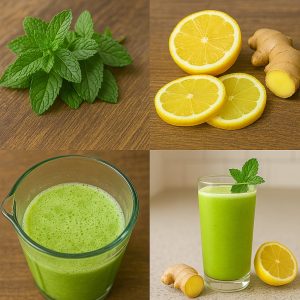Salt has been an essential part of human civilization for thousands of years, valued not only for its ability to enhance flavors but also for its crucial role in preserving food. However, there’s much more to salt than most people realize. From its hidden health benefits to its surprising impact on our environment, the truth about salt is far more intriguing than commonly believed.
While excessive salt consumption has been linked to health issues like high blood pressure, not all salt is created equal. Natural, unrefined salts like sea salt and Himalayan pink salt contain essential minerals that support hydration, nerve function, and overall well-being. In contrast, heavily processed table salt is often stripped of these beneficial elements and contains additives that may not be as healthy as you think.
Beyond nutrition, salt plays an important role in science and industry. It has been used for centuries in medical treatments, water purification, and even in creating materials like glass and soap. Some modern innovations, such as salt batteries and de-icing roads, continue to showcase its versatility. The influence of salt reaches far beyond the kitchen and into the very infrastructure of daily life.
With all these revelations, it’s clear that salt is more than just a seasoning—it’s a powerful, multi-purpose mineral that has shaped human history. Understanding the differences between various types of salt and how they affect our health and environment can help us make more informed choices. The next time you reach for the salt shaker, remember: there’s a whole world of salty secrets waiting to be uncovered!





